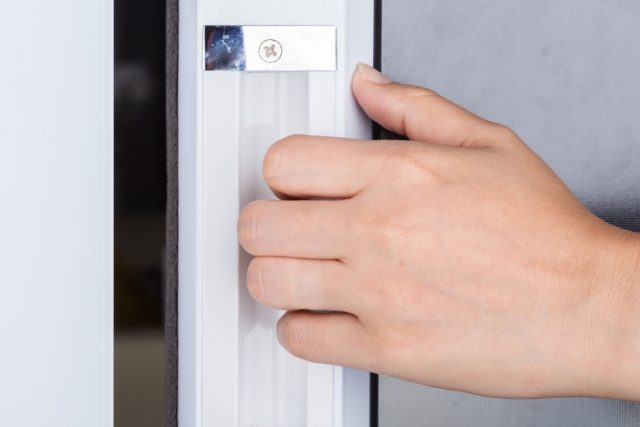Sliding doors are convenient and give your home a bright, clean look. The reflection of sun’s rays that can come into the room from sliding glass doors is breathtaking.
This effect explains why most homeowners install sliding doors in their homes. Sliding doors are also used to access backyards and patios. If you’re looking for a door that spectacularly brings the outside in, sliding doors security would be perfect.
However, in spite of their beauty and elegance, sliding doors can be especially vulnerable to break-ins. It’s essential to secure a sliding door to make it as close to burglar-proof as you possibly can.
Below are the six best practices for sliding door security:
1. Fortify the sliding door

Besides focusing on your main door’s security and installing an alarm system for your door, don’t forget to fortify your sliding doors. Some of the most effective security upgrades are also the simplest to implement.
Most burglars access homes through sliding doors because they offer less resistance and are less fortified than front doors. While you shouldn’t make your home a fortress of sorts, it’s a good idea to make sure it’s at least not the easiest to break into in your neighbourhood.
2. Block the sliding door tracks
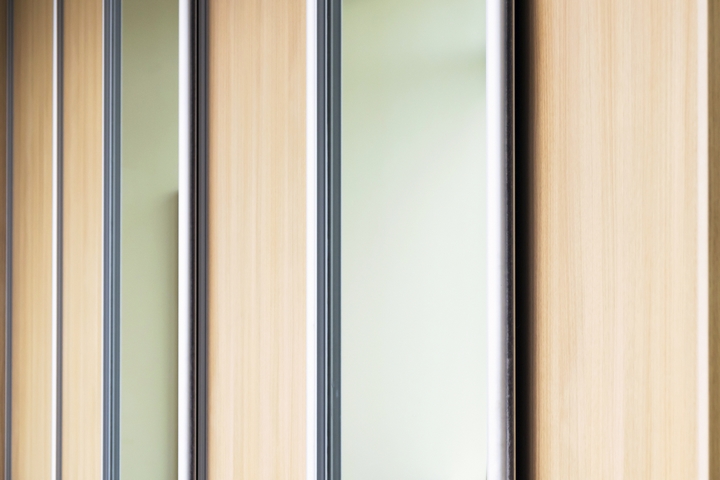
This is a straightforward security feature that’s based on the fact that sliding doors operate via tracks. They slide along tracks made of metal, wood or vinyl. The tracks direct the door where to go. To make this movement effortless, rollers are attached to them at the bottom, top, and on the side.
Although sliding doors come with a latch, these are easy to compromise. To secure the doors, add another layer of security to at least make it difficult for a burglar to break in. You can do this by inserting a bar into the door’s tracks to curtail movement and make it difficult to open the door.
You can use a high-tensile plastic, wood, or metal bar. Make sure the bar is not too short since this could give a burglar a tiny bit of wiggle room, and that’s all a determined burglar needs. For extra security, ensure the bar is the same colour as the door frame so an intruder can’t tell it’s there and attempt to remove it.
3. Install sliding door chains
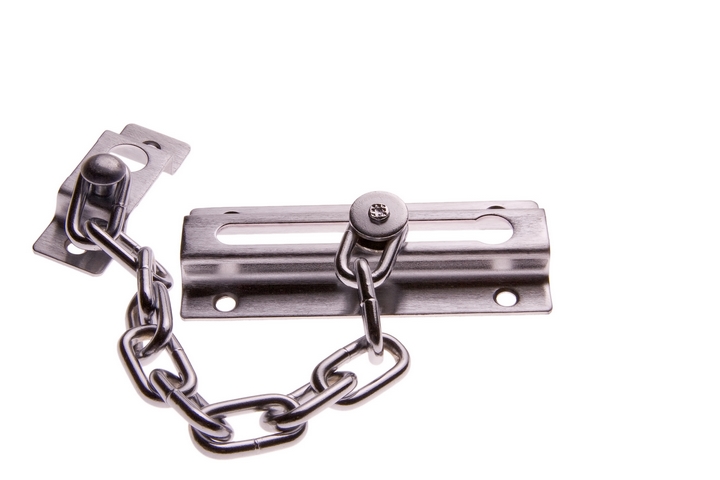
Sliding doors security can be reinforced with chains, just like any other door. Chains are especially ideal for double-sliding doors that slide open away from each other. However, you can also retrofit them on single sliding doors. When buying a chain for your door, get one with a fastener.
To chain your sliding door, link your door’s handles. If your door opens from the middle, apply a chain to connect the two handles, but make the chain as taut as possible to keep the door completely shut. This makes it difficult for anyone trying to open the door from the outside to gain entry.
If your sliding door has one handle, drill a hole to the side of the wall that’s closest to the door handle and then chain the door as previously described. You can use a chain or a bike lock.
4. Apply a window class film
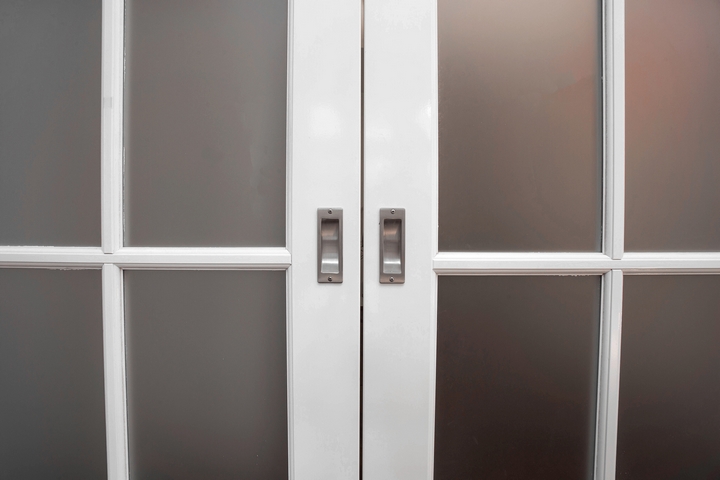
You don’t want intruders to be able to look inside your home from the outside. Burglars often don’t just break in without knowing what they are coming for, and a door that gives them a sneak preview into your home is quite enticing.
Using a layer of protective glass film over your sliding doors adds another level of sliding door security. Some of these films have tints that prevent people from looking in from outside. The protective films can withstand a lot of pressure, such as strong winds and hurricanes.
5. Add an extra plate on the sliding door
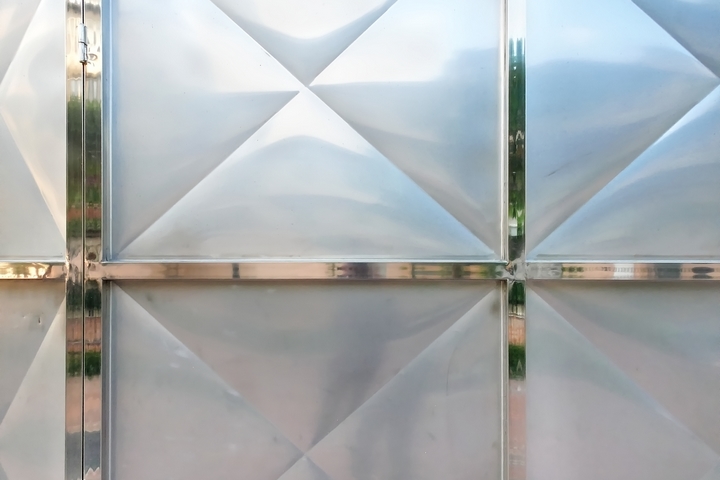
If a burglar can lift your sliding door off the tracks, they will get in without much resistance, as this will give them leverage.
You can counter this breach by using an anti-jemmy door plate. While these are typically used on regular doors, you can use them on sliding doors, as well. To install them, screw a strip of metal or wood into a hole within the upper door tracks.
The length of the plate should be big enough to prevent the door from being lifted off the rails, but small enough to allow free movement of the door whenever you need to use it.
6. Set up a vibration alarm on your door
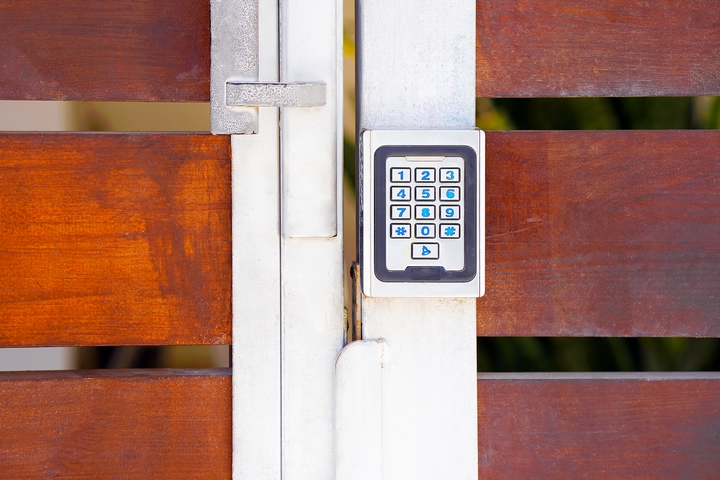
A vibration alarm is easy to install and can be attached to a door using double-sided tape. The alarm goes off whenever the door vibrates or is opened. It’s ideal for your front sliding glass door or window.
During the day, you can use it as a notification alarm to strengthen sliding door security. Once you set the switch to chime, the alarm will alert you if a person enters your house or leaves.
7. Install a double bolt lock
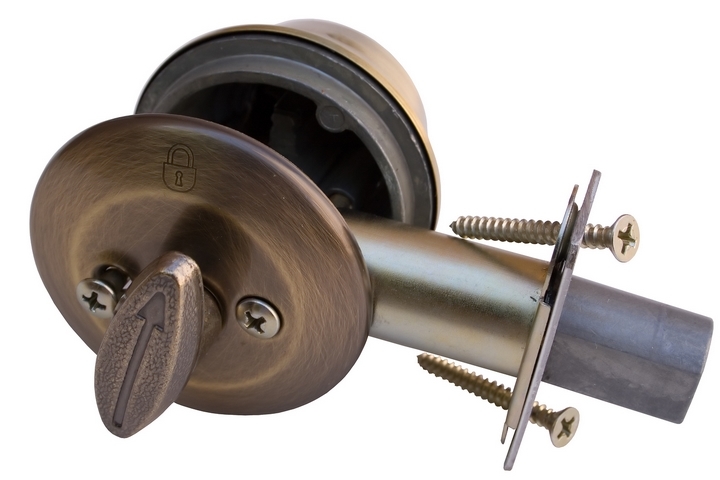
This can work as a primary or a secondary lock for extra protection to your sliding door. One part is attached to the jamb while the other is affixed to the door. Upon shutting the sliding patio door, the door frame melds into the door part as the bar slides in to keep the door locked.
No home security system’s 100% burglar-proof. The key is to be vigilant and address potential security vulnerabilities as you spot them.

